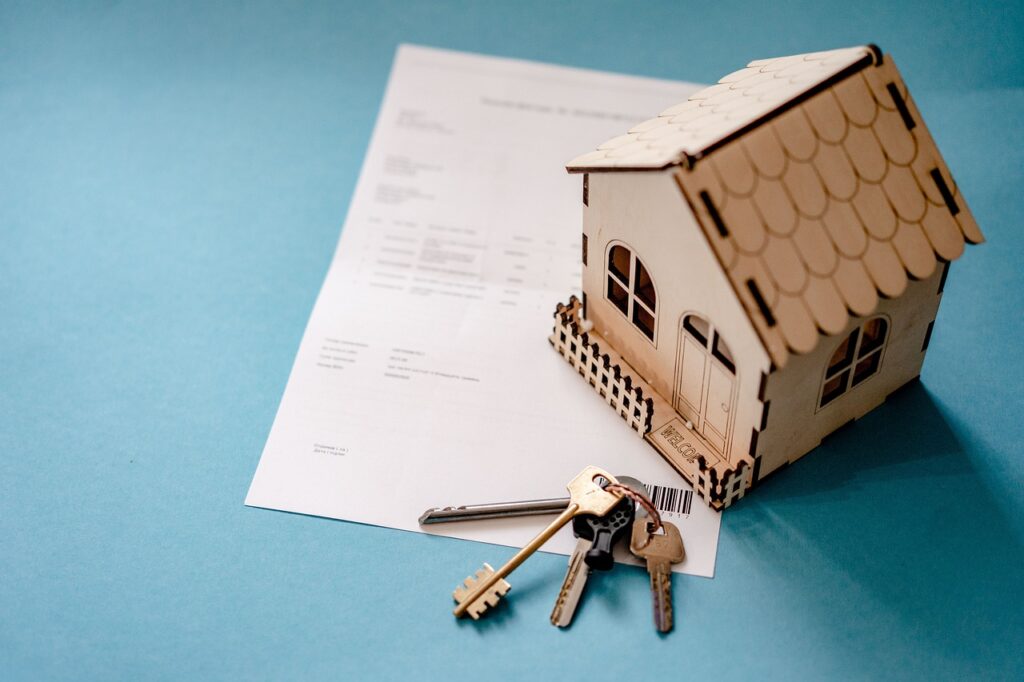Finding out that your tenant has sublet your property to someone else without your permission can be a shock. As a landlord, you have the right to decide who lives in your property and to vet potential tenants. A tenant subletting behind your back circumvents this process and can cause issues down the line. Here’s what you should know and do if you find yourself in this situation.
What is Subletting?
Subletting is when a tenant rents out part or all of a property they are renting to another person, who is known as the subtenant. The original tenant becomes the sub-landlord to the subtenant, but is still responsible for paying rent to you and upholding the obligations of their tenancy agreement.
Under an Assured Shorthold Tenancy agreement, tenants may only sublet with the landlord’s written permission. If a tenant sublets without permission, they are breaching the terms of their tenancy.
Why is Unauthorised Subletting a Problem?
There are several reasons why you may not want your tenant to sublet without your knowledge or permission:
- Liability issues – As the landlord, you could be liable for the subtenant’s actions even though you haven’t vetted them. For example, if the subtenant damages the property or causes a nuisance.
- Safety concerns – You have a legal responsibility to ensure the property is safe for the occupants. An unauthorised subtenant may not have been made aware of safety information.
- Increases wear and tear – More people living in the property than originally agreed can result in additional wear and tear.
- Potential scams – In some cases, tenants may charge subtenants higher rent than what they pay you and pocket the difference.
What to Do if You Suspect Subletting
If you have reason to believe your tenant has sublet without permission, investigate and gather evidence before taking action. Some warning signs of subletting include:
- Rent paid from different bank accounts
- Tenant rarely seen at the property
- New faces around the property
- Post addressed to other names
- Tenant evasive about who is living there
Knock on the door and see who answers. You can also speak to neighbours to ask if they’ve noticed anything. Keep records of your findings.
When you have enough evidence, arrange a meeting with your tenant to discuss the issue. Give them a chance to explain the situation. It’s possible there has been a misunderstanding.

Sending a Formal Warning
If you confirm the tenant is subletting without permission, send them a formal warning letter. The letter should:
- Refer to the clause in the tenancy agreement that forbids unauthorised subletting
- Detail the evidence you have that shows subletting has taken place
- Give them a set time period (e.g. 14 days) to rectify the situation, either by getting your permission to sublet or evicting the subtenant
- Warn that you will take legal action to evict them if they don’t comply
- Be posted recorded delivery
Here is a sample warning letter for unauthorised subletting :
Your Name] [Your Address]
[Date]
[Tenant’s Name] [Tenant’s Address]
Dear [Tenant’s Name],
Re: Unauthorised Subletting at [Property Address]
I am writing to you regarding a serious matter of unauthorised subletting at the property you rent from me at [property address].
As per clause [clause number] of your Assured Shorthold Tenancy Agreement, you are not permitted to sublet the property without my prior written consent. However, I have reason to believe you are currently subletting to one or more individuals without my permission.
The evidence I have gathered includes:
- [Evidence 1]
- [Evidence 2]
- [Evidence 3]
This is a clear breach of the terms of your tenancy agreement. Unauthorised subletting can lead to serious issues regarding safety, liability, and excess wear and tear on the property.
I am willing to give you a chance to rectify this situation within the next 14 days from the date of this letter. You must either:
- Apply for my written permission to sublet, providing full details of the proposed subtenants for referencing, or
- Remove the unauthorised subtenants from the property and confirm to me in writing that you have done so.
If you do not take one of these actions within 14 days, I will have no choice but to begin legal proceedings to evict you from the property by serving a Section 8 notice citing Ground 12 – breach of the tenancy agreement.
I strongly suggest you remedy this situation quickly to avoid putting your tenancy at risk. If you wish to discuss this matter further, please contact me as soon as possible.
This letter constitutes a formal warning and has been sent to you by recorded delivery.
Yours sincerely,
[Your Name] [Your Contact Information]
Taking Legal Action
If the tenant ignores your warning or refuses to stop subletting, you can take legal action to evict them. This is done by serving a Section 8 notice, citing Ground 12:
The tenant has breached a term of the tenancy agreement (other than the requirement to pay rent).
Once the notice period expires, you can apply to the court for a possession order. If granted, this allows you to evict the tenant and regain possession of your property. The whole process can take several months.

Frequently Asked Questions
What if I verbally agreed to subletting?
If you gave your tenant verbal permission to sublet but not written permission, they are still technically in breach of the tenancy agreement. To avoid confusion, always get any changes to the tenancy in writing.
Can I charge more rent if my tenant sublets?
You can’t suddenly increase the rent just because the tenant sublets, unless a rent increase is included as a condition for allowing subletting. However, you can propose a rent increase through the normal procedure detailed in the tenancy agreement.
What happens to the subtenant if I evict my tenant?
If you evict your tenant using a Section 8 notice, the subtenant has no right to stay and will also have to leave. You are not responsible for finding them alternative accommodation. Any disputes are between them and your tenant.
Can I let the subtenant stay and become my tenant?
If you want the subtenant to stay, you could offer them a new tenancy agreement once the original tenant has been evicted. However, you should still carry out thorough referencing checks first. Just because they’ve been living there doesn’t mean they will necessarily be a good tenant.
Key Takeaways
- Subletting is when a tenant rents out all or part of their rented property to another person.
- Tenants need the landlord’s written permission to sublet under an Assured Shorthold Tenancy.
- Unauthorized subletting can cause issues with liability, safety, wear and tear, and potential subletting scams.
- If you suspect unauthorized subletting, investigate and gather evidence before confronting your tenant.
- Send the tenant a formal warning letter if they have breached the tenancy agreement by subletting without permission.
- You can evict the tenant for unauthorized subletting using a Section 8 notice, citing Ground 12.
- The eviction process can take several months, so act swiftly if you want to nip subletting in the bud.
Always refer to your tenancy agreement and seek professional legal advice before taking action against a tenant for subletting. With the proper procedures and paperwork, you can protect your rights as a landlord.




